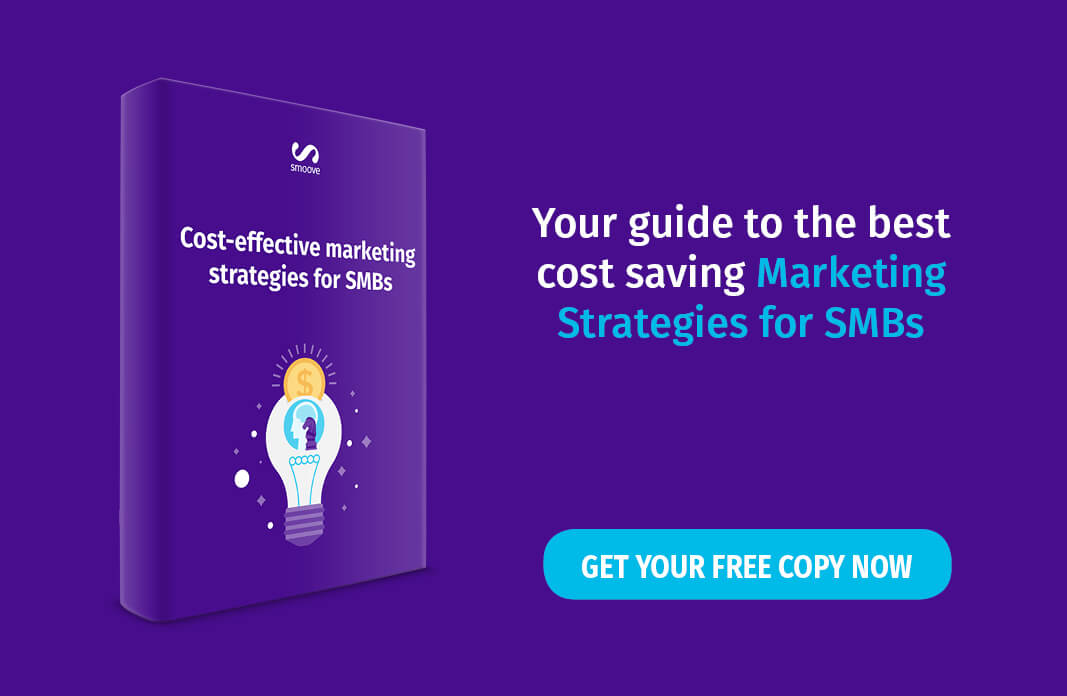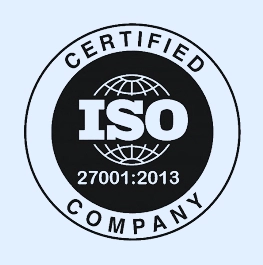When you send an email marketing message, its success is commonly measured by the open rate and/or the click through rate. But, what about message forwarding? The best case scenario is to have your subscriber amplify your message by sharing it with their network. So, what steps can you take to make your message more likely to be forwarded?
For starters, it’s useful to know that according to a New York Times Customer Insight Group, most respondents’ motivation for sharing was to establish or maintain relationships with others. In fact, 73% of people say they share emails because it helps them process information more thoughtfully and deeply. This means you want to provide an informative message from the get-go. But, there’s more to it than just the content!
Here are some other features of highly shareable email content:
Triggered & Segmented Messages
The smaller the audience, the more viral the content. Whether your subscriber list is large or small, people have varied interests and can be categorized differently, which means, you’ll want to segment your list so that you can send defined messages to specific groups of people. Even if your list includes millions of people, a segment of 1 million is effective enough to construct a tailored message that’s relevant to those who receive it.
Whether you choose to segment your audience by demographic, purchase history, age, gender or the like, you can also divide the list by engagement level. For example, you can create a list called “Engaged in the last 14 days (1 month or any other choice)” versus “Unengaged” so that when you send a message, it’s based on their interaction with your brand. For the unengaged list, you could add copy that addresses the fact they haven’t been engaged for a while and provide something of interest to them that they may want to share with their friends. An example of this would be a special promotion, plus an additional discount if they share a referral code with their friend.
Along with segmented messages, triggered messages that are sent based on an audience’s behavior are more likely to be shared. To exemplify, when someone signs up for an event, a triggered confirmation email with the option to invite a friend has been shown to be 3.2 times more sharabele than a regular marketing message.
Personalized Approach
Email is a form of communication that is used on a personal basis, so why not create content that feels like a friend is sending the message? For this reason, you want to send messages that are highly personalized, even more so than just including the subscriber’s first name. An option would be to use dynamic content. An example of this would be sending an event-goer pictured from an event they attended. That way, they’ll want to share the photos of themselves with their friends and family. Another option is addressing something that your subscriber did with your business directly, like “You liked these products, but have you seen these?” If it feels personal, they’ll be more likely to pass it around to their friends with like-minded interests. You can use cookies to track their movement around your website and analyze the data before creating an email message.
For example, Spotify sends messages based on the way a user interacts with their platform and their listening history. In this way, they can target their message to provide a personal recommendation of other music that’s similar to the subscriber’s taste.

If you insert your subscribers into your email’s “story,” they will feel more self-fulfilled when they forward the email.
Strong Call-to-Action
If you want something, the first step to get it is to ask for it. By creating strong call-to-actions (CTA) in highly visible places, you can directly ask the subscriber to share the message. Studies show that the CTA “Share With Your Network” performs very well to have people forward an email because that’s the first alternative they think of if they don’t want to share it via social media.
To ensure that your CTA is both strong and visible, include it in the primary content block rather than the footer or the header. As a main focal point, it’s more likely to be seen and used. Also, since so many people read emails on their mobile devices, ensure that the buttons are touch friendly and responsive. You can even pre-populate social share links so that the customer doesn’t have to write any content themselves when they share it, but instead they simply click and post.
Simple Content
Sometimes, less is more. When it comes to email marketing, sending a highly focused email that has a single subject has proven to be more shareable. This is because the subscriber has less work to do when they choose to forward, as in, it’s already clear what message they are sending and they don’t have to explain why they passed it along. Additionally, creating a simple design with a clear message hierarchy makes for a to the point email.
A great example comes from Cook Smarts. Their emails have a clear message hierarchy with an easy-to-read layout. As a weekly meal plan service, their emails provide information including a weekly meal plan at the top, recipes down below with images and a link to see the recipe, and then a quick tip. Additionally, they include a “forward to a friend” CTA right in the top right of the email’s main content block so that it’s easy to find and share. Regardless of the fact that the content is naturally shareable because it’s useful and highly relatable for most people, the layout and design lend well to share and allows for a new subscriber to quickly find the sections that most interest them.

The most shareable emails are information based. These include emails about sales and events, news, new products, store openings, charities and the like. Since people feel like they are helping others and more strongly understanding content when they share it, these messages provide an incentive for subscribers to forward simply from a content standpoint.
5. Wrap Up
On average, in 2017, there were 269 billion emails sent a day. With the staggering amount of emails floating through inboxes, your marketing message has a lot of competition to stand out, and even more so, to be shared.
By following some of these steps and implementing the tactic of sending segmented, triggered, personalized, and shareable content, you can increase the odds that your marketing message will be forwarded. That way, you can expand your audience and potential customer base by creating highly shareable, engaging, and informative email marketing messages.



